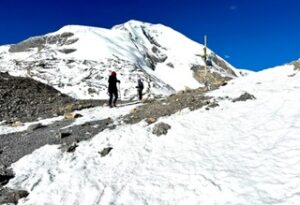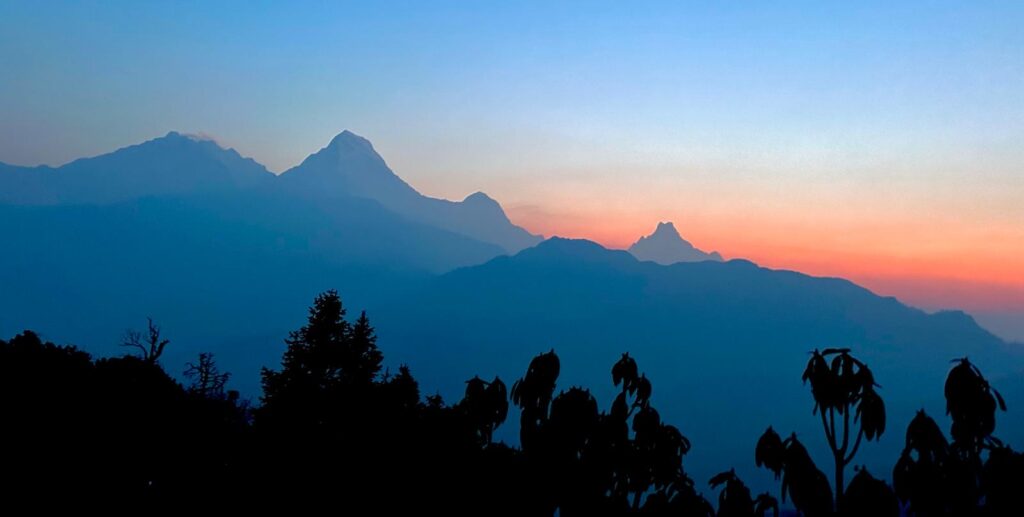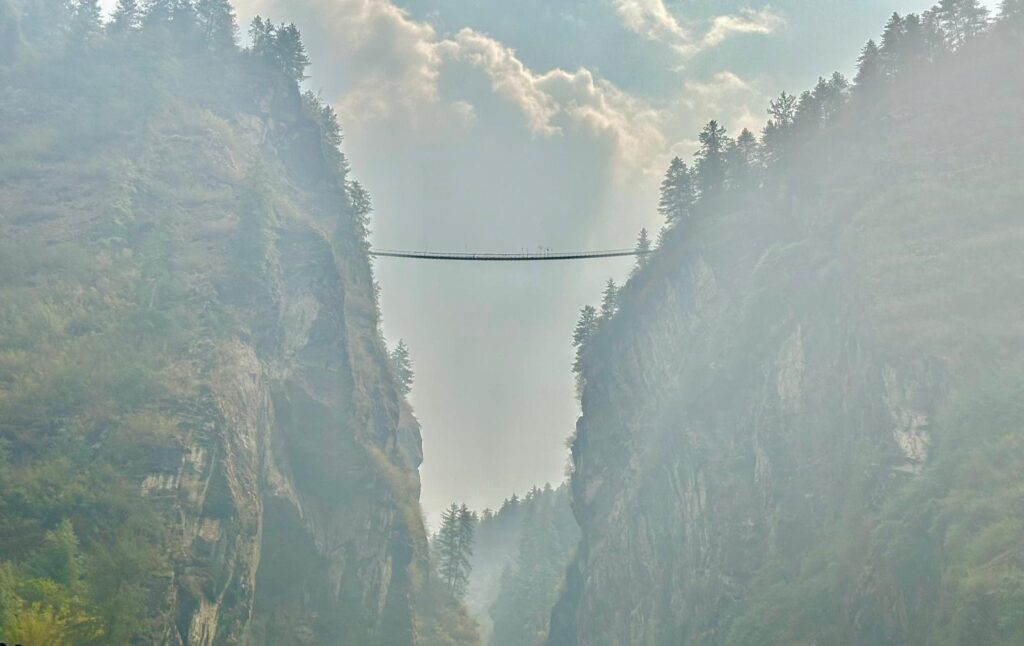In April 2024, I embarked on an exhilarating 19-day trek around the Annapurna Circuit, covering approximately 230 kilometers and witnessing the stunning peaks of Annapurna I, II, III, and IV. The highest point of our trek was the Thorung La Pass at 5,416 meters, reaching the edge of the Tibetan plateau. This anti-clockwise route provided a slower ascent over 11 days, significantly reducing the risk of altitude sickness—a crucial aspect of travel health for trekkers.

The Annapurna Circuit is renowned for its diverse scenery, featuring the awe-inspiring peaks of Annapurna I-IV, Dhaulagiri, Machhapuchhre, Manaslu, Gangapurna, Tilicho Peak, and Paungda Dandu, all ranging between 6,000 to 8,000 meters. The trail weaves through paddy fields, subtropical forests at 600 meters, past cascading waterfalls, and along sheer cliffs. It also traverses various villages inhabited by the warm Gurung and Magar people, offering a glimpse into their rich local culture. A notable highlight is the natural hot springs of Tatopani, a perfect spot for relaxation and recovery.

Accommodations along the trek are in basic but comfortable teahouses, offering a variety of hearty meals, including the local favourite, Dal Bhat—a nutritious thali of lentil dahl, vegetables, and rice. Consuming warm carbohydrates is essential for maintaining energy levels during the trek.
At 5,416 meters, temperatures plummet, and we began our ascent at 4 AM with head torches, navigating through snow. Packing thermal wear is essential for such arctic conditions. Our guide used an oximeter to monitor our oxygen saturation levels at the high base camp (5,000 meters); mine read 79%, and my 26-year-old daughter’s was 81%. Normal oxygen saturation is 98-100%, illustrating the challenge of high-altitude trekking. Slow walking and frequent rest stops were crucial for coping with altitude sickness symptoms like lightheadedness and breathlessness.

The Manang Valley and lower Mustang region are steeped in Tibetan Buddhist culture, featuring remote monasteries and caves nestled in the mountains. We explored these cultural treasures during side treks on rest days, adding a rich cultural dimension to our journey.
The trail’s construction includes a new road, but alternative NATT routes marked in blue and red provide scenic paths away from the main road. Mountain biking is increasingly popular in Mustang due to these new roads, offering another adventurous way to explore the region.
The Annapurna Circuit ranges from moderate to challenging, with numerous river crossings over steel and wooden suspension bridges. The best hiking seasons are October-November and April, the latter offering clear skies and blossoming apple and pear trees.
We began our trek at Salang (1,100 meters) and concluded south of Poon Hill (3,200 meters) in Pokhara. The sunrise view from Poon Hill, amidst flowering rhododendron forests, was unforgettable.

Travel Health Tips
At 67 years old and in good fitness, I found the trek manageable, though I did contract a chest infection at the highest point due to the cold air. Carrying a course of antibiotics is advisable. Warm food and drinks, avoiding cold beverages and alcohol, are essential to prevent digestive issues. Staying hydrated with electrolytes is vital to avoid dehydration.
To prevent altitude sickness, a slow ascent and ample rest are crucial. Consuming plenty of carbohydrates helps maintain energy levels. While we experienced symptoms of thin air at 5,000 meters and above, we managed without Diamox due to our gradual pace.
For breathtaking scenery and cultural diversity, the Annapurna Circuit is considered one of the best treks in Nepal and a classic walk of the world.
